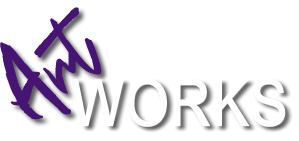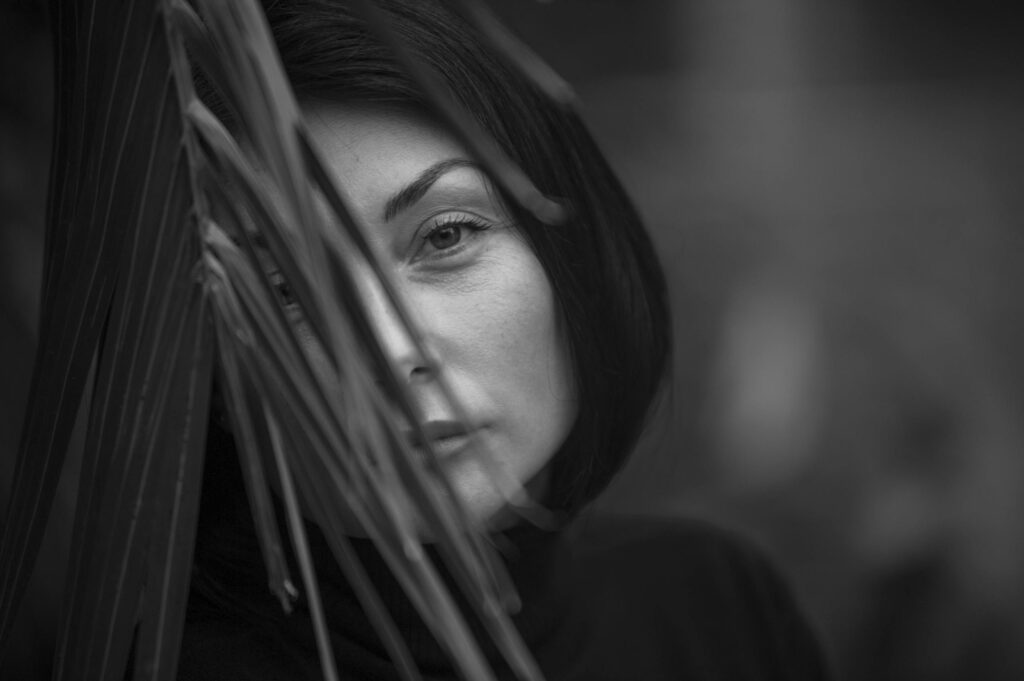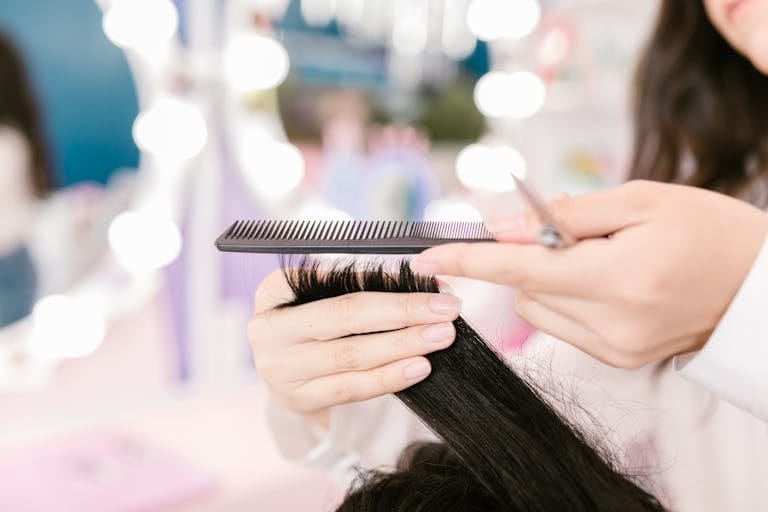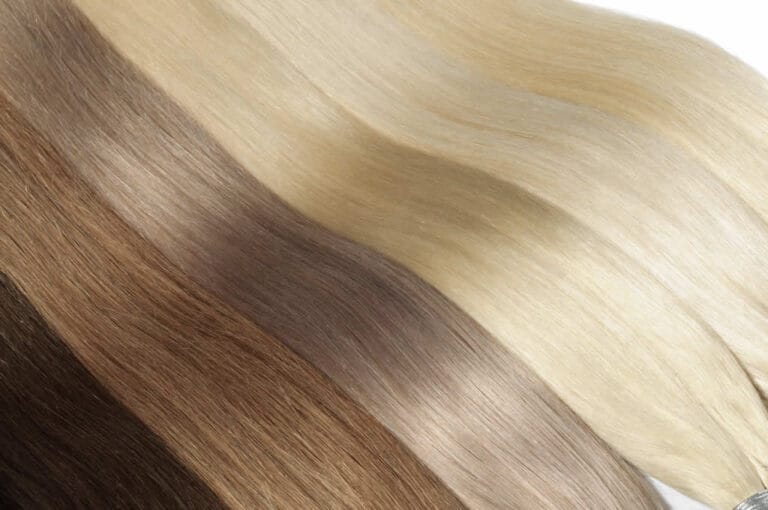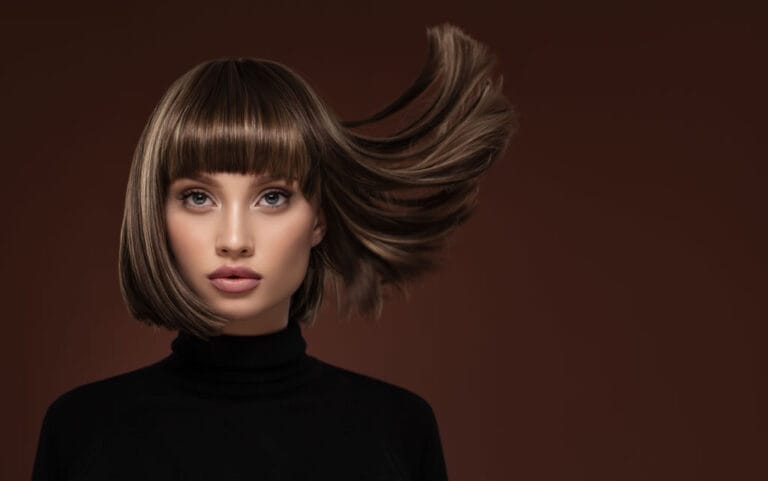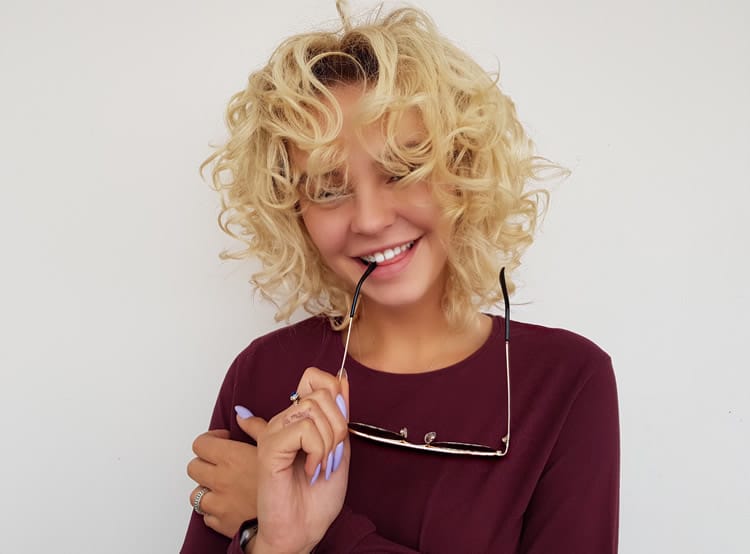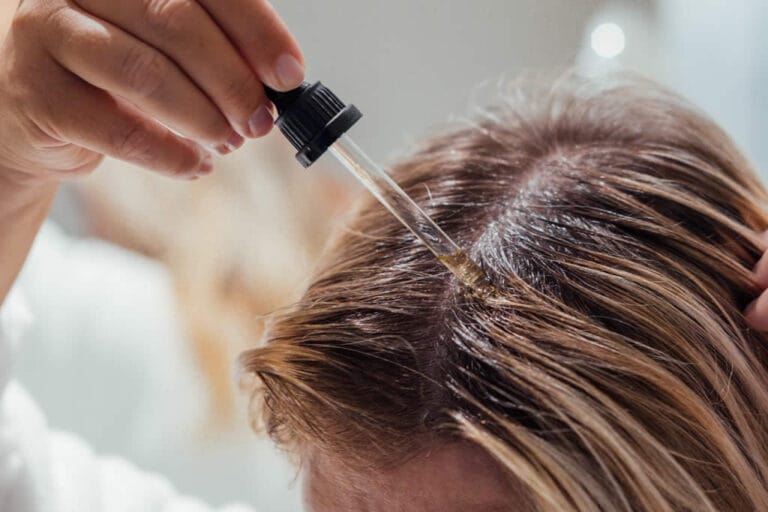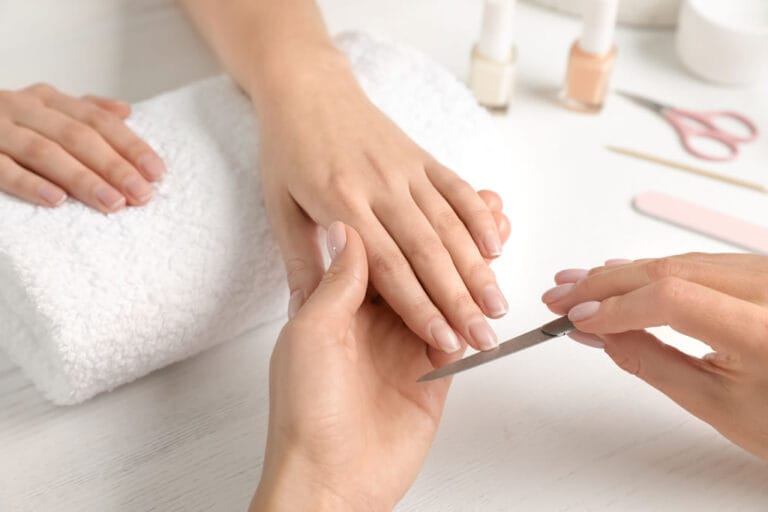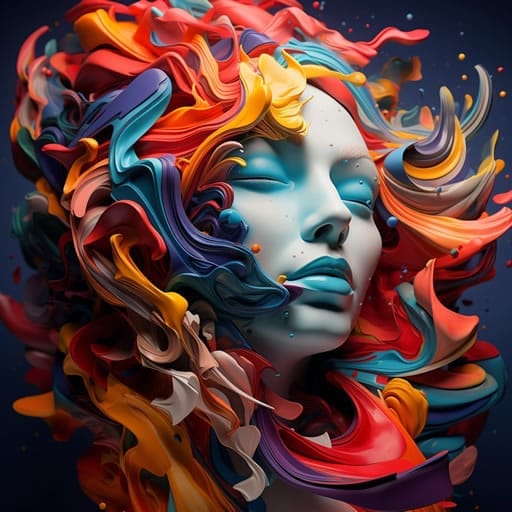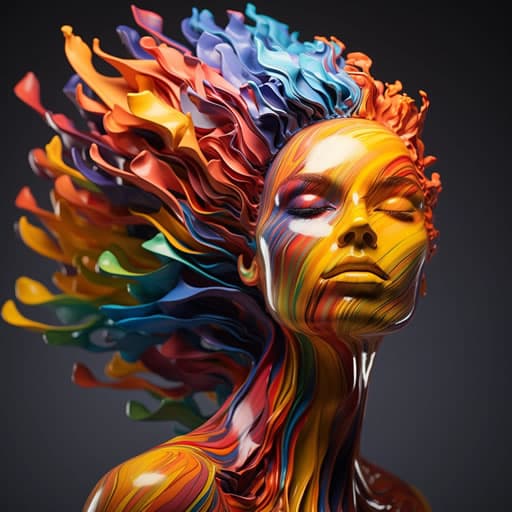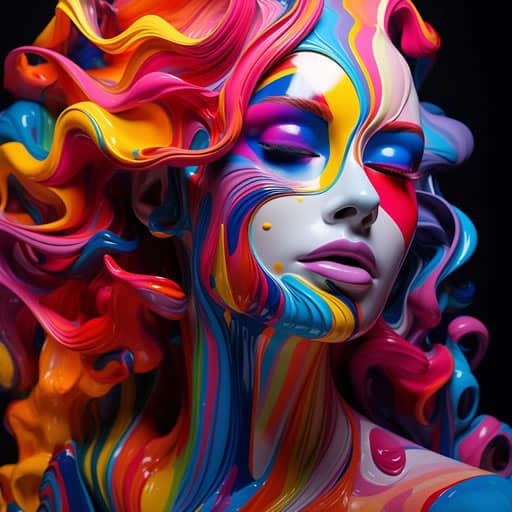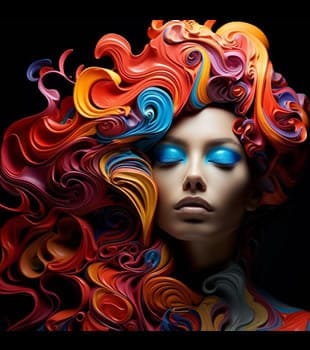The Truth About Face Shapes and Haircuts
Let’s be honest: if I had a dollar for every time a client said, “I read somewhere I can’t have bangs because of my face shape,” I’d be writing this from a beach in Costa Rica.
The idea that your face shape should completely dictate your haircut is outdated, oversimplified, and—if we’re being real—kind of limiting. Yes, your bone structure matters. But it’s only one of many factors we use when crafting a personalized cut at Art Works Salon in Ellijay.
Let’s dig into what face shape really means (and what it doesn’t), and how a great stylist thinks beyond charts and rules to find the shape that fits you.
What Even Is a Face Shape?
Face shape refers to the outline created by your forehead, cheekbones, jawline, and chin. The most common categories are:
- Round
- Oval
- Square
- Heart-shaped
- Diamond
- Long/Oblong
Most of us don’t fit neatly into one box—and that’s the first myth to bust. You can have a round face with a sharp jaw. A long face with wide cheekbones. It’s a spectrum, not a grid.
The “Rules” You’ve Probably Heard
- Round faces should avoid blunt bangs.
- Square faces need soft layers.
- Oval faces can pull off anything.
- Long faces should never wear long hair.
Here’s my professional take: rules like these are generalizations. They’re a starting point—not a finish line.
I’ve cut textured bobs for women with square jaws that looked stunning. I’ve done curtain bangs on round faces that opened the whole look up. The magic is in the details—not the diagram.
What We Actually Look At as Stylists
When we’re designing a cut at Art Works, face shape is just one ingredient. Here’s what we actually consider:
- Hair Texture: Fine hair lays differently than thick. Curly builds volume. Straight hugs the face. Texture changes how shape reads.
- Hair Density: More or less hair affects how much weight and movement your cut has.
- Growth Patterns: Cowlicks, parts, and whorls can make or break a fringe.
- Neck Length & Shoulder Line: Your haircut doesn’t end at your chin. Your silhouette matters.
- Lifestyle: Do you style it daily? Wear it up? Need versatility?
- Personal Style: Are you classic, edgy, boho, corporate? That shapes our design more than your cheekbones.
How We Use Face Shape — The Right Way
Yes, we still use face shape. But we use it to balance features, not restrict choices.
- Round Face? We might add face-framing layers or height at the crown to elongate.
- Square Face? Soft fringe and tapered ends can add movement and roundness.
- Long Face? We might go for side-swept bangs or width-building waves.
- Heart-Shaped? Chin-length layers or curtain bangs help balance a wider forehead.
But these are guidelines, not hard lines. I’ve broken every one of them—and ended up with some of my favorite looks.
Photos Help. Pinterest Doesn’t Always.
Here’s some honesty: 90% of hair inspo photos online are shot on models with long, symmetrical faces and perfectly styled hair. That doesn’t mean you can’t have the look—it just means it’ll need to be tailored.
Bring your inspo. We love it. But don’t be discouraged if we recommend a few tweaks to suit you.
The goal isn’t to copy a haircut—it’s to create a shape that makes you feel confident when you look in the mirror.
What You Should Ask Your Stylist Instead
- “What shapes would balance my features?”
- “Can you show me a few variations that would work for me?”
- “How will this look air-dried?”
- “What’s the grow-out going to look like?”
- “Is this going to fight my natural texture?”
A good stylist should answer these without hesitation. At Art Works, we build cuts that evolve with you—not ones that box you in.
Face Shape Doesn’t Define You. Your Cut Should Reflect You.
We don’t believe in cutting based on rules—we cut based on real life, real hair, and real people. If you’ve ever felt stuck or told what you “can’t” do with your face shape, it’s time to forget all that.
Let’s find a cut that flatters your features, honors your style, and fits your life.
That’s what we do here at Art Works in Ellijay—and we’re really good at it.
